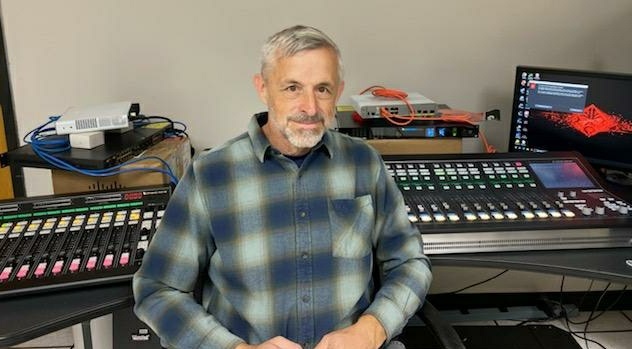When working with LPFM radio applications, I find myself having to come up with innovative solutions with little financial support — reliable antennas, audio processors, transmitters, and of course solutions for studio-to-transmitter links.

The latest STL adventure in our little town was a new site that was being set up atop a former hospital building that had been converted to a medical training facility. Unfortunately the studio is in a very low area of town that has no line of sight for a microwave STL.
[Read about STL trends in the free ebook “STLs in the 21st Century.”]
My first STL solution looked like a slam dunk: A TV station had a cable modem for one of the cameras in their weather network up on top of the building. I asked permission to use some of their bandwidth in exchange for some on-air plugs and they were interested. After checking with the cable ISP I was told that the requirements for the static IP for the camera would not allow me to have access. Then the ISP informed me that there was no further bandwidth in the building to provide another cable drop.
My second solution was to try a hotspot provided by a local cell phone company.
Although the cell networks in larger cities might have been a good solution, the ones here do not support the necessary configuration for Barix links. I used computers as a temporary solution, but the link would crash the stream at least once a day and then I would have to remote into the computer and restart it, and the latency would sometimes get up to over two minutes.
I was going to use the IP network of the medical training facility, but my experience with them indicated that this was not a good solution.
So how was I going to get the signal from the studio to the transmitter site on top of an older building? What infrastructure does an older building have that would support basic internet service?
Remember DSL? Yes, it is still around! I found out by speaking to the person who installed and managed the two-way and paging system for the building that DSL should be an easy solution.
He said the current phone system access was managed by CenturyLink. He told me where their system was terminated on the third floor and that he had an unused 25-pair cable that went from that room up to the rooftop pod where our transmitter would be.
The solution seemed at hand but then I had to try and contact the DSL company. My internet searches ended with me wasting several hours on phone calls to global call centers that took my information and never replied.
Somehow another person with the station managed to find a local number and a local person who knew the area.
I scheduled the installation on a day when the CenturyLink installer and the two-way and paging engineer could be in the building at the same time. The CenturyLink technician punched down the line and the two-way engineer ran a 10-foot pair over to his block and punched it down on the lines going up to the roof. They tested the lines all the way to the transmitter area and put a modular jack in place.
The service is priced competitively, month to month, no long-term contracts. The support is local and I am able to move on to other projects.
DSL is not a solution I would have thought of. But for my LPFM rooftop site, DSL is a godsend.
[Also by this author: “Build a Sound Effects Button Box”]









